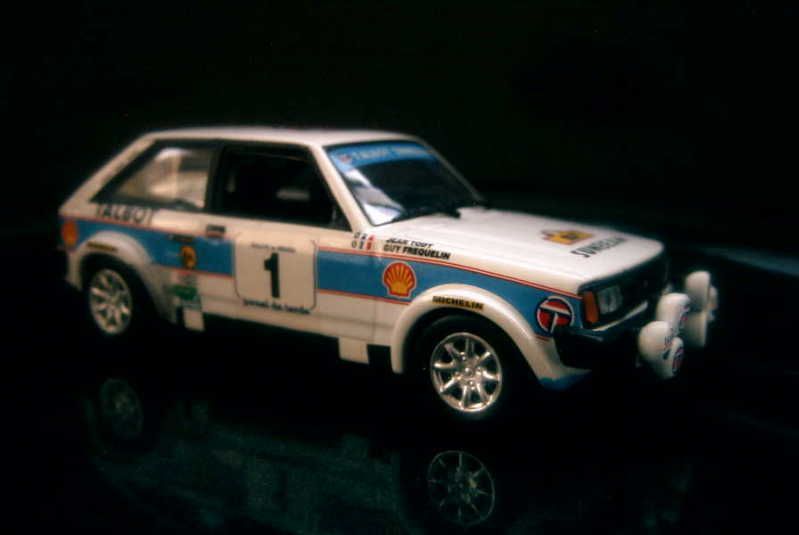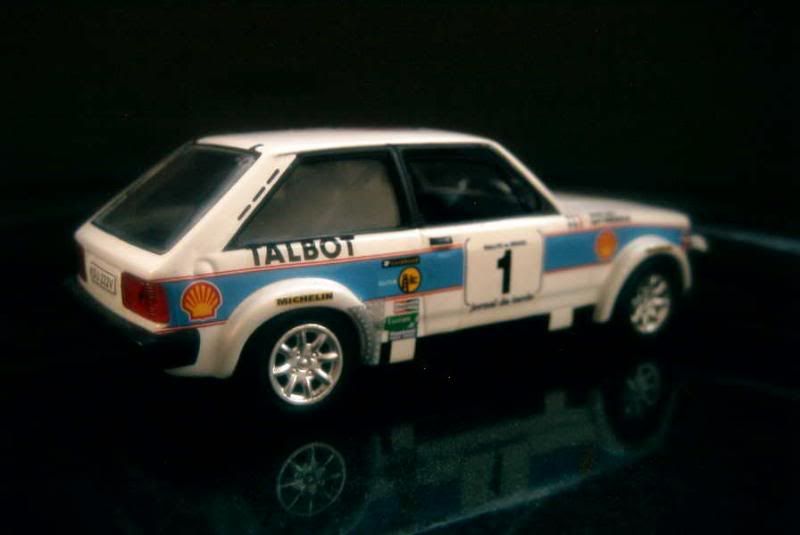Back to Voisin, with a much different car than the recently discussed Biscuter.
A little history
Between the two world wars, and long before he designed his final Biscooter/Biscuter, Gabriel Voisin headed a prestigious brand of advanced luxury cars.
Reportedly horrified by the martial use of the airplane he had helped develop, the French engineer totally gave up designing flying machines and in 1919 introduced his first automobile. Though the Voisin company would become rapidly known for its innovative designs, its very first model, the C1, had been proposed by two independent engineers after their offer had been turned down by another newcomer on the automotive scene, André Citroën. From this conventional vehicle would later evolve bold designs, powered by sleeveless engines and clad in unorthodox yet elegant bodies, epitomes of the times’ Art Déco style.
Unfortunately its sheer reputation did not protect Voisin from the adverse effects of the economic crisis of the Thirties. Sales sagged and finances plummeted. Bringing together all of its resources Voisin introduced the C28 during the 1935 Paris motor show, replacing both its previous C25 and C26. Despite their audacious design, their hydraulic brakes and two outstanding models, the Aéroport coupe, considered by some as the first pontoon-bodied automobile, and the one-off Ambassade saloon, the C28s would be produced in very limited quantities – about 30 copies until Voisin finally went bankrupt. Some investors still wanted to foresee a future for the company, which they reorganized as the Société Auxiliaire des Automobiles Voisin, or S.A.D.A.V. All that the new Voisin was able to produce was a heavy-looking C30, in which the traditional sleeveless engine had been replaced by a Graham block imported from the U.S., a choice dictated by nearly-empty coffers. The last Voisin would be the short-wheelbase C30S, given for a good (for the times) 145 kph thanks to its supercharged Graham engine. Shortly after this ultimate model was introduced at the Paris motor show in October 1938, the company disappeared for good.
About the model
Model: Voisin C28 Ambassade
Year: 1936
Maker: Ixo
Scale: 1/43
Distributed by: Altaya as no.26 of its Voitures Classiques press series
Acquired: brand new, in April 2007, in Souillac, France
The Ambassade was a unique C28 model, built at the demand of a customer used to travel with a large amount of luggage. Boots being extremely small at that time, Voisin designed the Ambassade by extending the rear part of its standard Clairière saloon. Ixo reproduced this model for Altaya’s series of vintage luxury automobiles. Better let a specialist give his opinion, as I found on a dedicated site about Voisin while preparing this post that Ixo/Altaya’s die-cast has a “proud appearance (…), a correctly reproduced profile, though perhaps a little too wide”. Voisins are seldom reproduced in scale though, all the more at affordable prices, so let’s not sulk: 13/20.
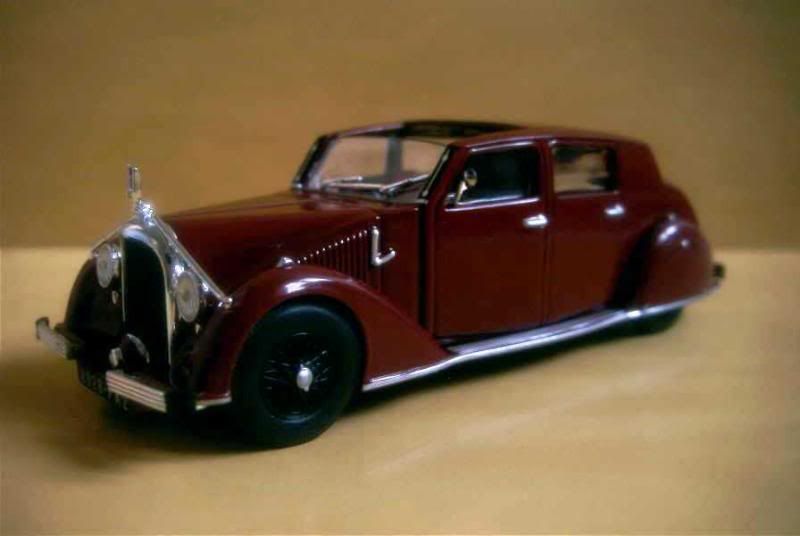
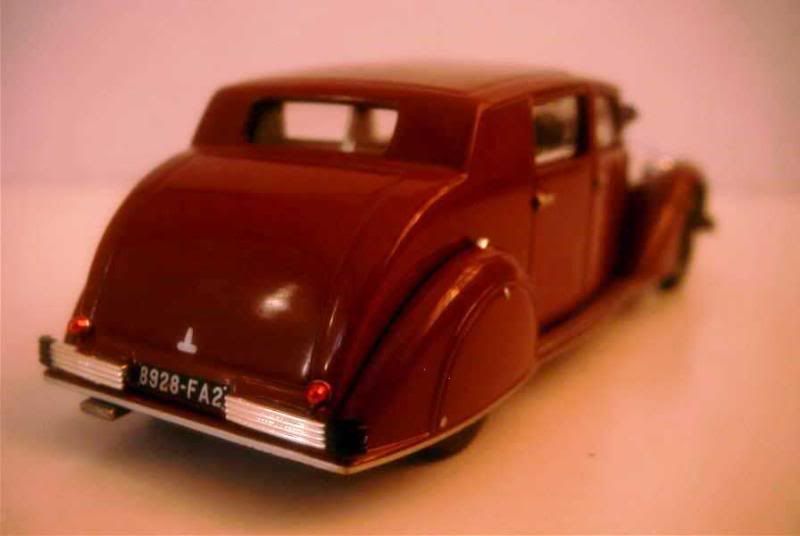
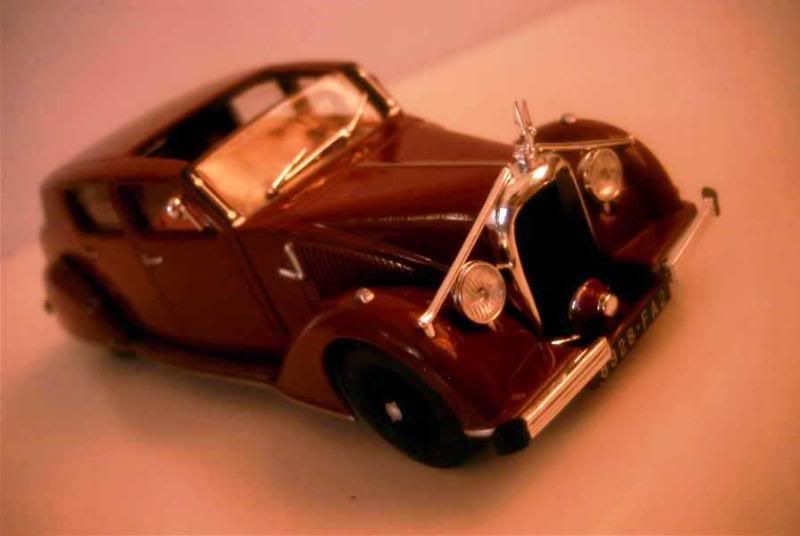
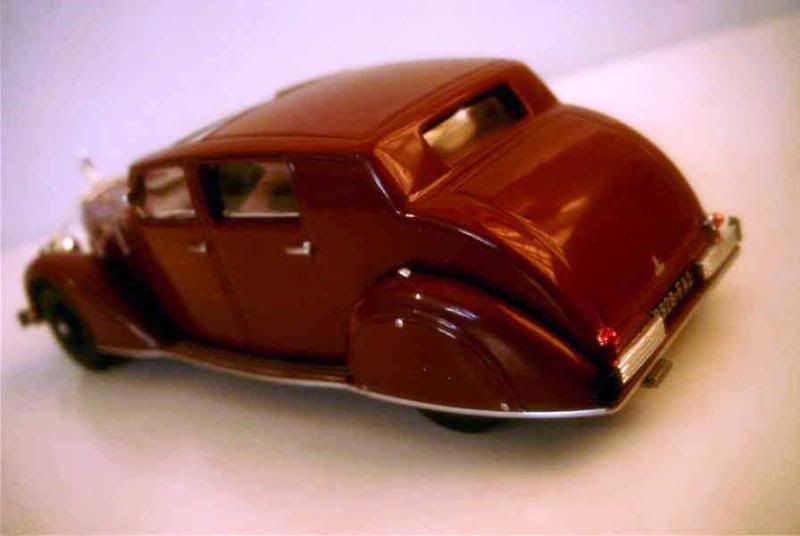
A little history
Between the two world wars, and long before he designed his final Biscooter/Biscuter, Gabriel Voisin headed a prestigious brand of advanced luxury cars.
Reportedly horrified by the martial use of the airplane he had helped develop, the French engineer totally gave up designing flying machines and in 1919 introduced his first automobile. Though the Voisin company would become rapidly known for its innovative designs, its very first model, the C1, had been proposed by two independent engineers after their offer had been turned down by another newcomer on the automotive scene, André Citroën. From this conventional vehicle would later evolve bold designs, powered by sleeveless engines and clad in unorthodox yet elegant bodies, epitomes of the times’ Art Déco style.
Unfortunately its sheer reputation did not protect Voisin from the adverse effects of the economic crisis of the Thirties. Sales sagged and finances plummeted. Bringing together all of its resources Voisin introduced the C28 during the 1935 Paris motor show, replacing both its previous C25 and C26. Despite their audacious design, their hydraulic brakes and two outstanding models, the Aéroport coupe, considered by some as the first pontoon-bodied automobile, and the one-off Ambassade saloon, the C28s would be produced in very limited quantities – about 30 copies until Voisin finally went bankrupt. Some investors still wanted to foresee a future for the company, which they reorganized as the Société Auxiliaire des Automobiles Voisin, or S.A.D.A.V. All that the new Voisin was able to produce was a heavy-looking C30, in which the traditional sleeveless engine had been replaced by a Graham block imported from the U.S., a choice dictated by nearly-empty coffers. The last Voisin would be the short-wheelbase C30S, given for a good (for the times) 145 kph thanks to its supercharged Graham engine. Shortly after this ultimate model was introduced at the Paris motor show in October 1938, the company disappeared for good.
About the model
Model: Voisin C28 Ambassade
Year: 1936
Maker: Ixo
Scale: 1/43
Distributed by: Altaya as no.26 of its Voitures Classiques press series
Acquired: brand new, in April 2007, in Souillac, France
The Ambassade was a unique C28 model, built at the demand of a customer used to travel with a large amount of luggage. Boots being extremely small at that time, Voisin designed the Ambassade by extending the rear part of its standard Clairière saloon. Ixo reproduced this model for Altaya’s series of vintage luxury automobiles. Better let a specialist give his opinion, as I found on a dedicated site about Voisin while preparing this post that Ixo/Altaya’s die-cast has a “proud appearance (…), a correctly reproduced profile, though perhaps a little too wide”. Voisins are seldom reproduced in scale though, all the more at affordable prices, so let’s not sulk: 13/20.




